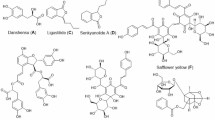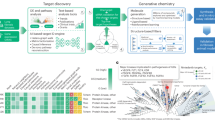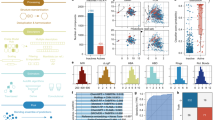Abstract
THE valuable work of I. M. Tonkin and T. S. Work on two new anti-malarial drugs1 has brought to light the action of a well-known Eastern remedy. Dichroa febrifuga, of the family Saxifragacese, is a shrub found from China and north-eastern India to Java and the Philippine Islands. In the form of a decoction, the leaves and stems have been used in Indo-China for quotidian, tertian and quartan ague. When in India more than fifty years ago, a native physician sent to me some stems of the plant as a fever remedy and suggested that it might contain an alkaloid similar to quinine. The drug yielded no alkaloid but a glucoside, and differing from other astringent plants of this family it afforded no tannin. Later, a sample of the same drug was sent as a fever medicine used by the Chinese in Malaya. It is satisfactory to note that recent pharmacological research confirms the suitability of the specific name—febrifuga—given to the plant by Loureiro (Fl. Cochinale) so long ago as 1790.
This is a preview of subscription content, access via your institution
Access options
Subscribe to this journal
Receive 51 print issues and online access
$199.00 per year
only $3.90 per issue
Buy this article
- Purchase on SpringerLink
- Instant access to full article PDF
Prices may be subject to local taxes which are calculated during checkout
Similar content being viewed by others
References
Nature, 156, 630 (1945).
Author information
Authors and Affiliations
Rights and permissions
About this article
Cite this article
HOOPER, D. A New Anti-malarial Drug. Nature 157, 106 (1946). https://doi.org/10.1038/157106a0
Issue date:
DOI: https://doi.org/10.1038/157106a0



